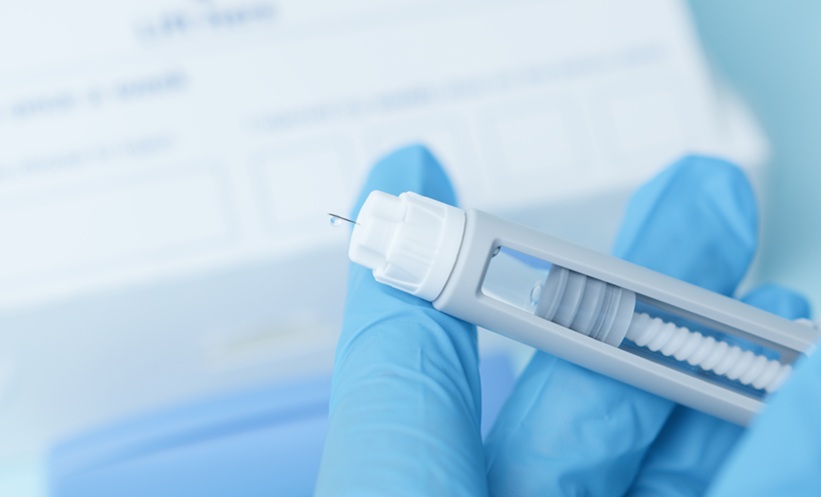HOME healthcare systems are critical for improving medical care during infectious disease epidemics and for overcoming the growing challenges of an ageing population. Skin patches for transdermal diagnosis and treatment have attracted increasing attention, and there is ongoing research to improve the multifunctionality, skin compatibility, and disposability of these essential telemedicine devices.
Now, researchers from Tohoku University, Sendai, Japan, have developed a minimally invasive drug delivery patch capable of delivering pharmaceutical molecules across the skin barrier and extracting interstitial fluid as a sample collection method for clinical diagnosis.
The porous microneedle array modified with a charged hydrogel provides a number of benefits over patches, which are currently commercialised for small-molecule drug transmission and used in postoperative pain relief. The needles themselves are of a microscale length (250 μm), which makes it possible to break through the highly resistive stratum corneum without compromising blood vessels and nerves. Furthermore, application of a continuous low-voltage current to the microneedle array resulted in the generation of electro-osmotic flow. This was shown to substantially increase both the transmission rate of hormones and vaccines across the skin barrier and the extraction speed of interstitial fluid, which can be tested for parameters including glucose levels. Lastly, the use of interconnected micropores made it possible to transport larger drugs such as insulin through the skin.
Corresponding author Prof Matsuhiko Nishizawa, Tohoku University, who led the research team, highlighted the importance of the study findings: “This research is a first demonstration that the electro-osmotic flow generated by a porous microneedle array accelerates the transdermal penetration of drug molecules and the extraction of interstitial fluid.”
The device itself is powered by a series-connected biobattery capable of converting chemical energy, derived from enzymes that process sugars (e.g., fructose) and atmospheric oxygen, into electrical energy. Prof Nishizawa highlighted the advantages of such an approach: “The successful demonstration shown here using a built-in biobattery proves the future possibility of a totally organic electro-osmosis flow-based skin patch that is safe and truly disposable.”








